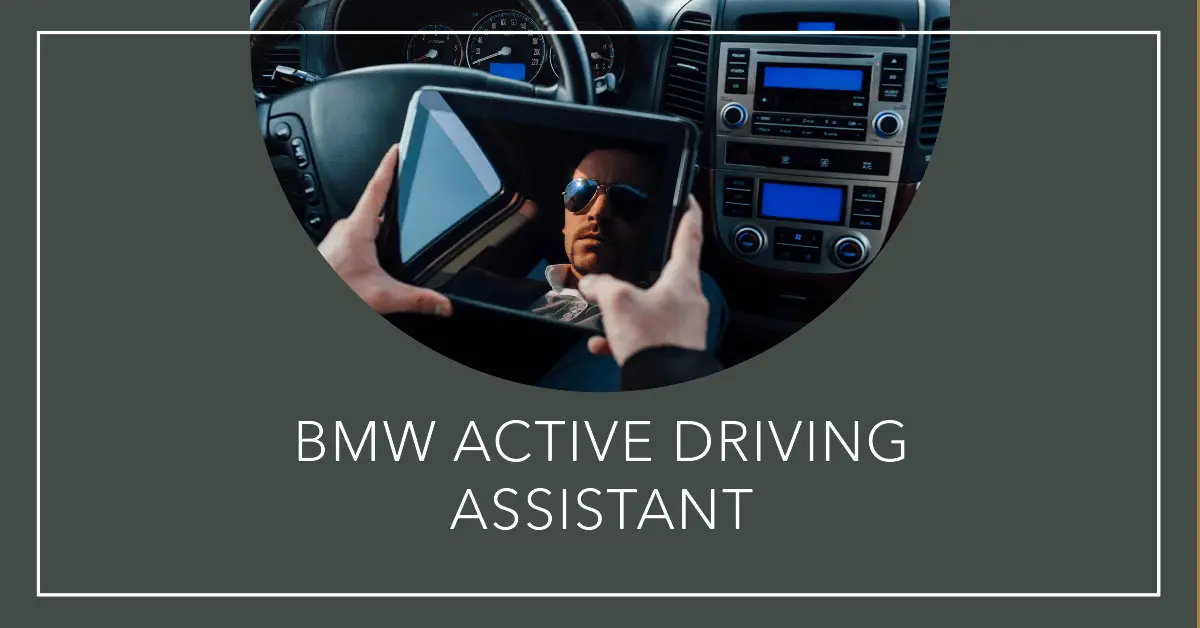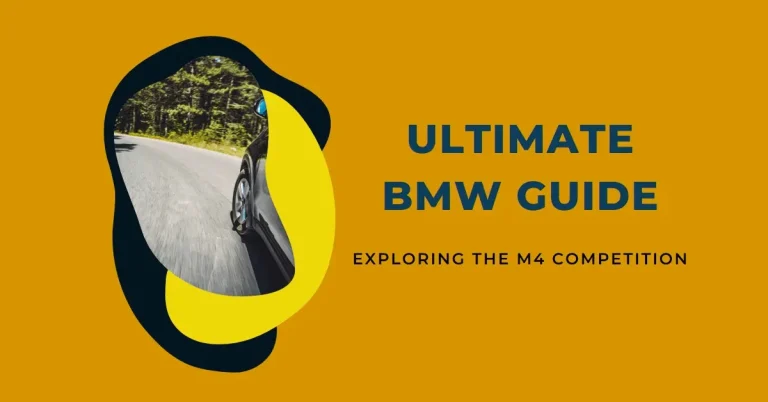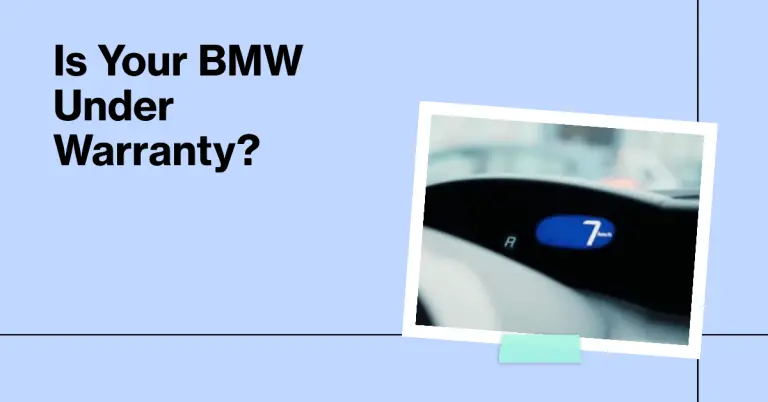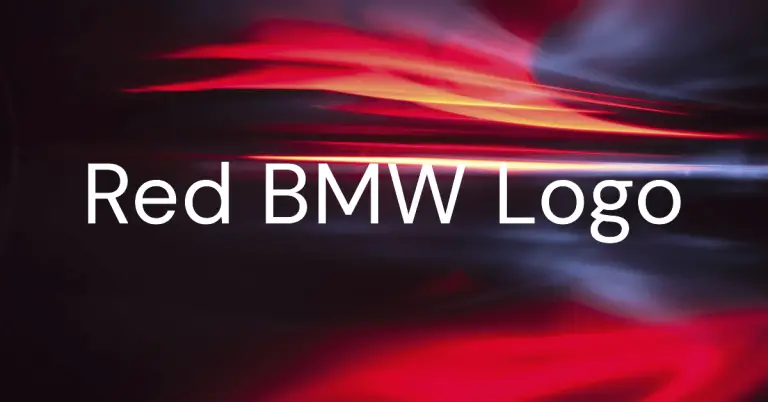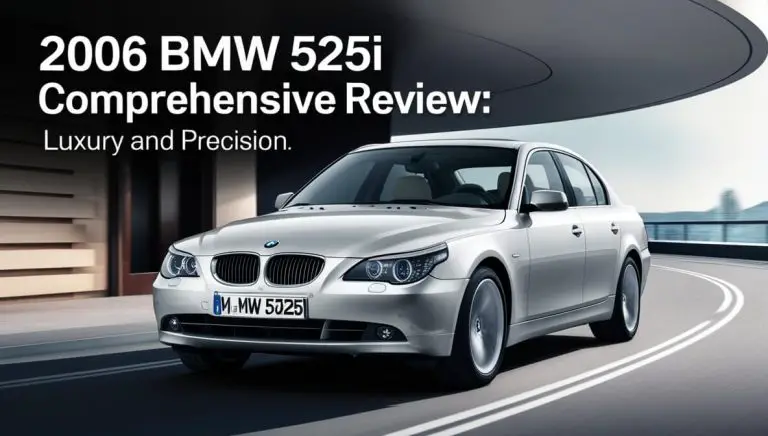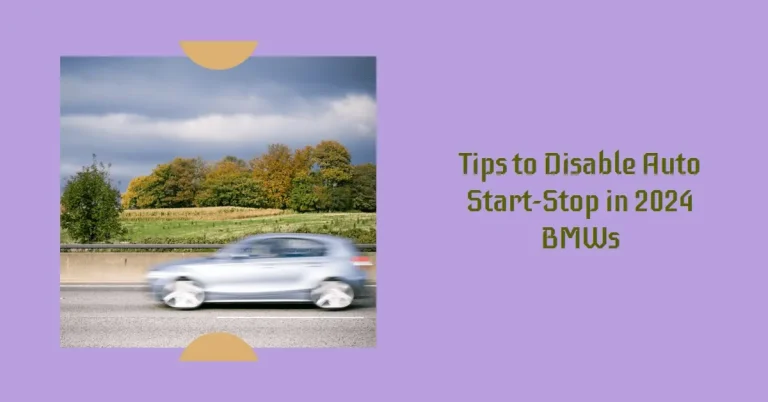A Complete Guide to BMW Active Driving Assistant
Advanced driver assistance technologies like adaptive cruise control, lane keeping assist, and collision avoidance systems are becoming standard fare on most modern luxury vehicles. These features all fall under the umbrella of ADAS – Advanced Driver Assistance Systems.
BMW packages their latest ADAS tech together into a suite called Active Driving Assistant. This comprehensive system uses cameras, radar, and sensors to help keep you centered in your lane, automatically adjust speed based on traffic, and warn you of impending collisions with visual, audible, and haptic alerts.
But how exactly does BMW’s Active Driving Assistant work and what specific capabilities are included? In this detailed guide, we’ll cover everything you need to know about BMW’s advanced driver aid system:
- Overview of the included technologies
- How the cameras, radars, and sensors work together
- Which BMW models offer Active Driving Assistant
- Packaging and pricing details
- Real world driving impressions and performance
- Pros and cons compared to competitor ADAS systems
By the end, you’ll understand the inner workings of BMW’s Active Driving Assistant and whether it’s worth it for your next BMW purchase or lease. Let’s get started!
How Does BMW’s Active Driving Assistant Work?
BMW’s Active Driving Assistant is comprised of several advanced driver assistance features working together in unison. Here’s an overview of what’s included in the system:
Lane Departure Warning
Uses the front camera to monitor road markings. If you drift out of your lane without signaling, it alerts you with steering wheel vibrations.
Lane Keeping Assist
Goes beyond lane departure warning by applying subtle steering input to keep you centered if drifting occurs. Doesn’t work below 40 mph.
Adaptive Cruise Control
Uses front radar to detect vehicles ahead. Automatically accelerates and brakes to maintain a set distance. Works in stop-and-go traffic.
Forward Collision Warning
Monitors the road ahead using camera and radar. Alerts you if getting too close to a vehicle with visual, audible, and haptic warnings.
Pedestrian Warning
Uses the front camera to detect pedestrians near the roadway. Provides a clear visual warning on the dash if a collision is imminent. Applies braking if necessary.
This suite of advanced safety tech offers a comprehensive approach to minimizing driver burden on busy highways and congested city streets. But how do these features actually work on a technical level? Let’s look at the sensors and cameras that power Active Driving Assistant:
Front Facing Camera
A camera centrally mounted behind the rear view mirror looks ahead to read lane markings, detect vehicles, spot pedestrians, and read traffic signs.
Front and Rear Radar Sensors
Radar sensors on the front and rear bumpers constantly emit electromagnetic waves to determine distance and velocity of vehicles ahead of and behind you.
Ultrasonic Sensors
Ultrasonic sensors located around the vehicle use sound pulses to detect objects at close range around the car for parking and maneuvering.
This array of cameras and sensors provides a 360 degree view around the vehicle. Advanced image processing and software analyzes the inputs in real-time to power the Active Driving Assistant features. For example, the front camera reads road markings to enable the lane keeping assist. The front radar detects slower moving traffic ahead to allow adaptive cruise control to adjust your speed accordingly. If the camera detects a pedestrian near the road, it provides a visual forward collision warning.
While not fully autonomous self driving capability, Active Driving Assistant represents the next evolution in advanced driver assistance in production vehicles today. Next let’s look at which BMW models offer the technology.
BMW Models Offering Active Driving Assistant
BMW’s Active Driving Assistant system is available on most models across their lineup from sedans to SUVs. Here are the BMW models you can currently get with Active Driving Assistant:
- 3 Series sedan
- 4 Series coupe/convertible
- 5 Series sedan
- 7 Series sedan
- 8 Series coupe
- X3 SUV
- X4 SUV
- X5 SUV
- X6 coupe SUV
- X7 SUV
The system comes standard on higher trim levels like the 7 Series 750i xDrive and X7 xDrive40i. For lower trims it’s available as part of option packages, which we’ll cover next.
Packaging and Pricing
On most BMW models, you’ll find Active Driving Assistant as part of option packages, rather than as a standalone option. Here are some examples of packages that include the system:
Premium Package
- Offered on lower trims of 3 Series, 5 Series, X3, X5
- Includes heated front seats, universal garage door opener, auto-dimming mirrors
- With Active Driving Assistant adds $1700 to package price
Driving Assistance Package
- Offered on higher trims of 3, 5, and 7 Series
- Adds Active Driving Assistant Professional
- Includes steering and traffic jam assist
- Around $1700 on top of package price
Driving Assistance Professional Package
- Top level package offered on luxury trims
- Adds extended traffic jam assist for limited hands-free capability
- Includes adaptive cruise control with Stop & Go
- Pricing ranges from $2500 – $3900 depending on model
The most affordable way to get Active Driving Assistant is by choosing a Premium trim that offers it as part of a standard package, rather than paying for it as a standalone option. On lower trims where it’s optional, expect to pay around $1700 extra for packages with the system included.
Real World Driving Experience
But enough about technical details and pricing. You probably want to know how BMW’s Active Driving Assistant actually performs on real roads. I had the opportunity to thoroughly test the system out on a BMW 330i sedan. Here are my impressions of the key features:
Lane Keeping Assist
The lane keeping assist provided smooth, steady steering input to keep me centered whenever drifting out of my lane. I could feel it applying subtle torque through the steering wheel to guide me back between the lines. It works best on clearly marked highways and handles gentle curves with no problem. The hands-on detection ensures you keep a light grip on the wheel.
Adaptive Cruise Control
The adaptive cruise control makes long highway drives much more relaxing. Set your desired speed and distance setting and it handles all the acceleration and braking. It slowed down smoothly as traffic approached and sped back up when lanes were clear. Worked well in stop-and-go traffic too – coming to a complete stop when needed and resuming automatically.
Collision Warnings
The forward collision alerts provide clear visual warnings on the dash as you approach slowed traffic. It shows the exact vehicle you’re approaching that triggered the alert. The audible beep is loud enough to get your attention while not being overly intrusive. I also liked the rumble the driver’s seat gives as another sensory alert. Hard braking is applied automatically if you don’t respond in time.
Overall, Active Driving Assistant takes a lot of stress out of driving in all conditions. The visual warnings kept me aware of my surroundings at all times without being distracting or annoying. I appreciated how all the technologies work together to provide alerts and steering assistance when and where needed.
How Does It Compare to Competitors?
Now that you have an understanding of how BMW’s Active Driving Assistant works and performs, how does it stack up against competing advanced driving aids from other luxury automakers? Here’s a look at how BMW compares to systems from Mercedes, Audi, Lexus, and Tesla:
Mercedes – Their Drive Pilot system offers nearly identical capabilities to BMW’s Active Driving Assistant. Lane keeping and adaptive cruise work comparably well. Mercedes does a slightly better job smoothing out herky jerky braking.
Audi – Their Adaptive Cruise Assist with Lane Guidance doesn’t brake quite as smoothly as BMW’s in stop-and-go traffic. But Audi’s lane keeping assist handles sharp curves better at higher speeds.
Lexus – Lexus Safety System+ has solid adaptive cruise but seems a step behind in lane keep assist and accuracy of collision alerts. BMW’s system feels more refined and polished.
Tesla Autopilot – No advanced driving aid can match Tesla’s Autopilot, but you have to step up to a much higher price bracket. Active Driving Assistant is impressive for its price point.
While comparable systems exist, BMW’s Active Driving Assistant stands out with its seamless integration of alerts and steering assistance. The precision lane centering and braking smoothness help it edge out competitors. Only Tesla’s vastly more expensive Autopilot offers significantly better capability.
Conclusion
If you do a lot of highway driving or sit in congested traffic, BMW’s Active Driving Assistant can greatly reduce fatigue and stress. Features like the adaptive cruise, collision warnings, and lane keeping assist work together to supplement your driving. This gives you peace of mind that the vehicle is helping watch the road with an extra set of virtual eyes.
While not a replacement for an attentive driver, Active Driving Assistant represents the leading edge of mainstream production driver aids today. As the technologies continue to develop, capabilities like hands-free traffic jam assistance will become more robust.
Consider making BMW’s Active Driving Assistant a priority as you shop for your next luxury vehicle. The convenience and safety it provides will quickly prove indispensable once you experience it yourself during your daily commute. Just be sure to choose a well-equipped package or trim, so you don’t have to pay over $2000 extra to add it later. This comprehensive guide gave you a detailed look at how BMW’s system works, what’s included, availability, pricing, and real world performance. Now hit the road feeling confident and safe!

